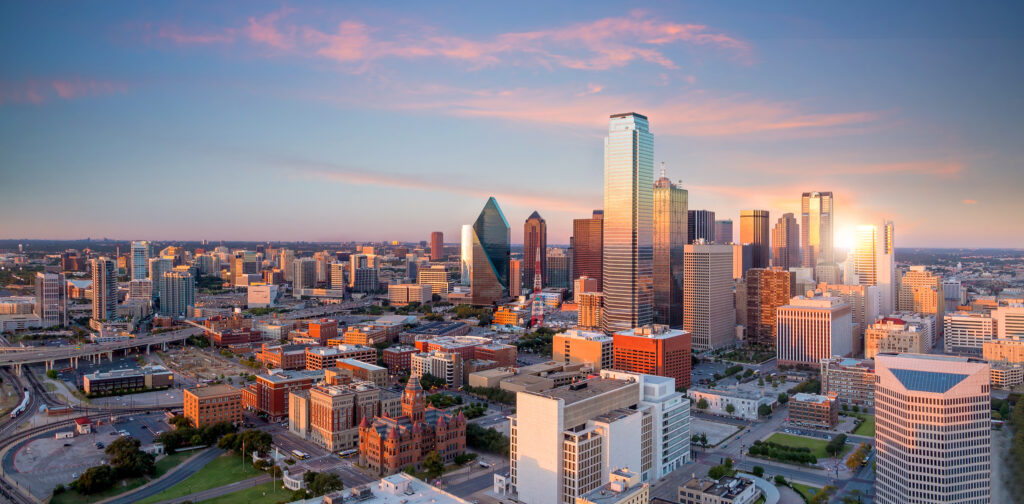Most players in commercial and multifamily real estate are well aware of the rising significance of building sustainability and decarbonization. Green building certifications have been growing in popularity since their introduction in the ‘90s but, beyond the intrinsic value of environmental stewardship, completing a green building certification offers a wide range of benefits for building owners, developers, and tenants alike. Let’s explore the advantages these certifications offer – from marketing and tenant acquisition to the increased wellness of occupants.
Tenant Acquisition and Retention
Amid the escalating impacts of climate change on our lives, certified green buildings have gained significant appeal among tenants. Both companies and individuals are prioritizing sustainable practices in their lives and communities. According to a recent CBRE study, tenants are also increasingly willing to pay a premium for spaces that prioritize sustainability. The study revealed that “office buildings with sustainability certifications earn a 6% rental premium over their non-certified peers.” A green building certification signifies a commitment to minimizing environmental impact and providing a healthy space for occupants. This commitment serves as a powerful marketing tool, drawing tenants to certified properties over uncertified ones.
ESG Investing
Environmental, Social, and Governance (ESG) considerations often play a pivotal role in investment strategies. Green building certifications offer investors confidence that their investments support environmentally responsible and socially conscious projects. A portfolio containing buildings with rigorous sustainability certifications is more attractive to investors who increasingly rely on ESG metrics to guide their decisions.
Cost Savings
Green buildings are designed and operated with energy and water efficiency in mind, contributing to reduced emissions and yielding significant cost savings. Incorporating energy-efficient technologies like LED lighting, smart HVAC systems, and water-saving fixtures leads to substantial decreases in utility costs for property owners and managers. A report published by the Department of Built Environment found that green buildings yield financial benefits that conventional buildings don’t. “The impact of green certificates on properties’ operating expenses has been reported to vary between −14% and almost 30%”. In addition, certified buildings’ rigorous maintenance protocols mitigate risks like leaks and outages, leading to considerable cost savings over time.
Occupant Health & Wellness
The COVID-19 pandemic emphasized the importance of health and wellness for occupants in the built environment. Green building certifications encourage improved indoor air quality, daylighting, biophilic design, and spaces that promote physical activity. This not only enhances the tenant experience within certified buildings, making the time spent there more enjoyable, but also significantly contributes to the overall health and well-being of occupants. A link exists between healthy buildings and efficient, cost-effective ones. For example, buildings that are deemed healthier for occupants allow for natural ventilation and daylighting and encourage the use of stairs, which reduces the energy and maintenance costs associated with HVAC, artificial lighting, and elevators/escalators.
Certifying Makes Sense
Certification systems like GBI’s Green Globes that emphasize rigor over rigidity are an important tool for creating a more sustainable built environment. They offer wide-reaching benefits from improving the built environment’s impact on our climate to attracting and retaining tenants and reducing waste and utility costs. As the real estate industry continues to adapt to a changing environment and respond to global climate targets, adopting a strategy that incorporates green building certifications is more than the responsible choice for our planet; it’s also a forward-thinking approach for long-term success in an increasingly conscious and accountable market.

